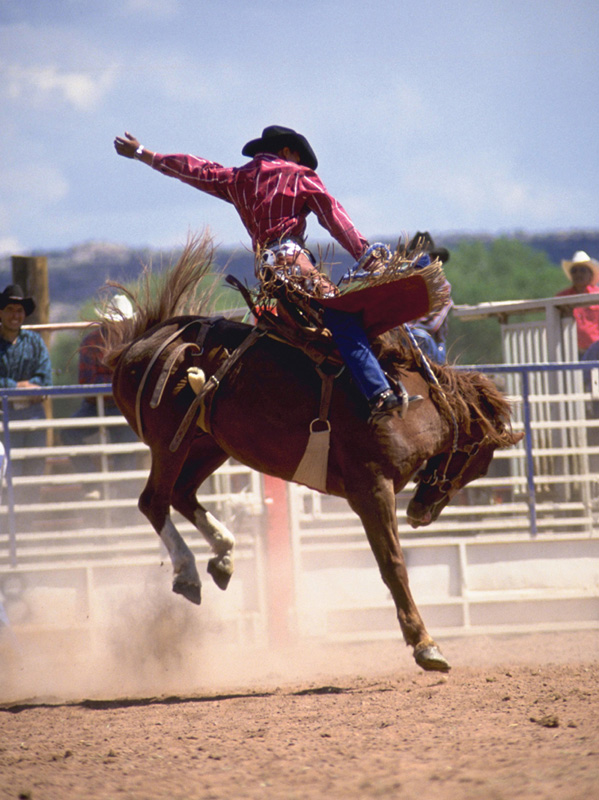
WHAT IT IS Taming a wild spirit
WHY YOU WON’T DO IT This is not a trade that you can learn on the hoof
A process that sounds infinitely worse than it really is, breaking is the process of training a horse to accept riders and respond to their commands. The long-term chances of having a confident, responsive horse to ride are dependent on how successful the breaking is, and while there are various wildly differing techniques, ultimately they’re all about communication.
You shouldn’t even think about breaking a horse until it is around two years old, and at each stage you should make sure the animal is happy before moving on to the next. Your four-legged friend is going to be experiencing all manner of new experiences and feelings, and at the end of it all, you want it to have utter trust in you. So be prepared to take things slowly, over weeks or even months.
If possible, undertake the breaking process in partnership with a trainer and an assistant. The first stage involves attaching an extended ‘lunge line’ to the halter around the horse’s head. Lead it around the pen, introducing simple commands such as ‘whoa’, ‘walk’ and ‘back’. Lavish praise when things go well and don’t lose patience when they don’t. If you think the horse is getting tired or fed up, finish your session for the day.
Once the horse is able to follow these commands, you can start to introduce riding paraphernalia. Get it used to wearing a bridle and bit, and feeling the stirrups hanging by its side. You can eventually introduce the saddle too. The horse may find this heavy, alien object disconcerting at first, but persevere.
Some riders now drape themselves over the saddle so that they are lying across the horse. This allows for a quick and safe exit, while getting the horse used to the weight of a rider. The next stage is to actually sit on the horse – get your feet in the stirrups but keep your weight off the saddle. While offering plenty of comfort and praise, ease your full weight into the saddle. If your mount remains calm, try walking a few paces before halting.
Once on horseback, the temptation grows to push on but don’t get ahead of yourself; a little every day remains the rule. Start backing up verbal commands with appropriate actions. To walk, give a gentle nudge with your legs. To halt, pull gently on the reins. Work hard to associate spoken commands with physical cues. When the horse is ready, remove the lunge line and start building your relationship as rider and horse – this is where the real work begins!